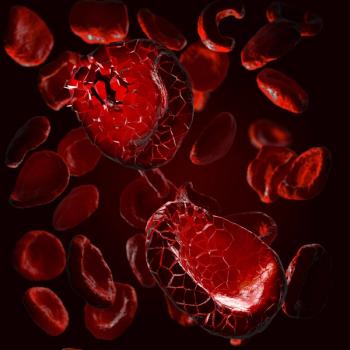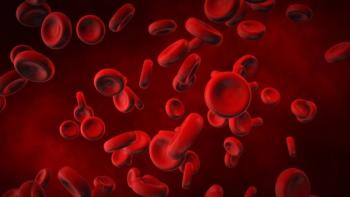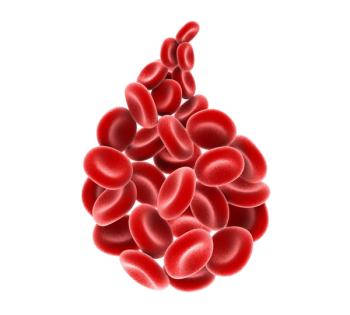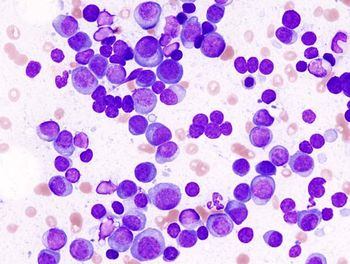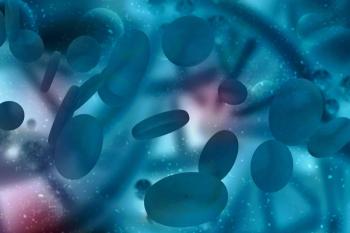
ctDNA Clearance Confers Responses to Radiation in Gynecologic Malignancies
ctDNA reductions or clearance also appeared to correlate with a decrease in disease burden during the pre-boost phase of radiotherapy.
Gabriella Wernicke, MD, MSc, spoke with CancerNetwork® about findings from a study she presented at the
According to Wernicke, a clinical professor at Donald and Barbara Zucker School of Medicine at Hofstra/Northwell and radiation oncologist at Lenox Hill Hospital of Northwell Health Cancer Institute in New Hyde Park, New York, clearance of ctDNA also correlated with a reduced disease burden at the time of the pre-boost phase of radiotherapy. Additionally, elevated ctDNA levels were strongly associated with measurable disease per MRI or standardized uptake value (SUV) imaging.
Data from the study showed that ctDNA was detected in 83% (n = 24/29) of patients at baseline, which subsequently reduced among all patients. From the pre- to post-treatment phase, investigators reported a complete metabolic response (cMR) rate of 88% and a partial metabolic response (pMR) rate of 12%. From the mid- to post-treatment phase, data showed that 67% and 33% of patients had a cMR and pMR, respectively.
Wernicke stated that she wanted to thank the ASTRO Scientific Committee for selecting her group’s work for an oral presentation at the meeting.
Transcript:
We have collected, to date, data on 29 patients. Twenty-four of these patients had what we call detectable ctDNA, meaning above 0.0 tumor molecules per milliliters [MTM/mL]. What we noticed was that there was a reduction in ctDNA levels from baseline seen in all patients. From pre-treatment to the end of the treatment, there was 100% reduction in ctDNA values in a significant manner with a P-value of 0.03 and 88% of patients sustaining a complete metabolic response [cMR]—meaning that ctDNA became undetectable—and 12% of patients [had a] partial metabolic response [pMR]. From mid-treatment draw to the end of the treatment, there was a 67% cMR rate and a 33% pMR rate. The patients with undetectable ctDNA—as we mentioned, 0.00 MTM/mL—by the end of treatment were seen to have metabolic response and remained without evidence of disease [NED], with undetectable ctDNA at 3 to 6 months following radiation or chemoradiation.
It’s interesting that ctDNA reduction or clearance also correlated [with] a decrease of disease burden on the MRI right before the implantation brachytherapy phase; in other words, the pre-boost phase of radiation. We also found quite a strong correlation between elevated ctDNA levels and measurable disease on imaging, whether it was MRI or elevated SUV avidity on the PET scan. Pre-treatment [showed] a correlation coefficient of 0.67 and a significant P-value of 0.002, as well as undetectable ctDNA and decline of SUV complete resolution of SUV at 3 to 6 months following radiation, [which was] also statistically significant with a P-value of 0.02. There was only 1 patient who had persistence of ctDNA after therapy. It was interesting to note that this patient went on to develop metastatic disease to the lung and liver at 3 months after radiation.
Reference
Wernicke G, Gui B, Shalamov MM, et al. Early assessment of response using ctDNA as a non-invasive biomarker in patients with gynecologic malignancies undergoing radiotherapy. Presented at: 2024 American Society for Radiation Oncology Annual Meeting; September 29-October 2, 2024; Washington, DC. Abstract 106.
Newsletter
Stay up to date on recent advances in the multidisciplinary approach to cancer.


